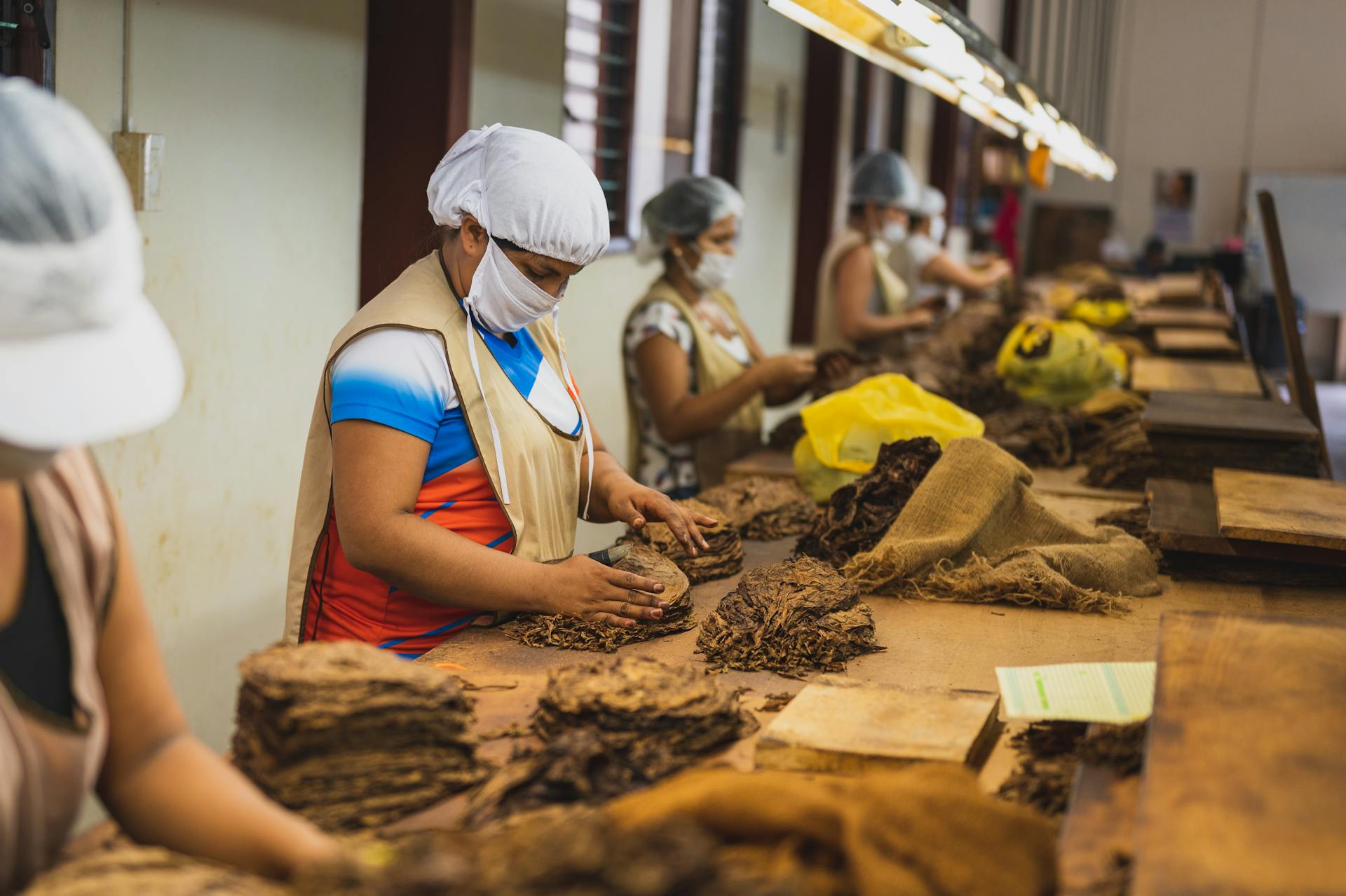
Scarcity affects consumers by making them more cautious and frugal in their spending habits. As a result, consumers may delay purchases or opt for cheaper alternatives.
Limited resources force producers to prioritize and allocate their time and money effectively. This can lead to higher prices for consumers.
Scarcity also affects producers by limiting their production capacity and forcing them to make difficult decisions about what products to produce and what resources to allocate.
The Economic Problem
The economic problem is that of scarcity, where people have unlimited wants in the face of limited resources. Famine and drought are extreme forms of scarcity, but the wealthy still face scarcity because resources are limited so not all material wants can be satisfied.
Scarcity leads to disequilibrium in the market, where the supply of a good is greater than the demand for that good, resulting in a surplus that drives down the price. This is because farmers will be less inclined to maintain the equilibrium supply of wheat to the market if the price is too low to cover their costs.
Here's an interesting read: How Does Price Discrimination Benefit Producers and Consumers
In a free market, the price will increase to the equilibrium price as the scarcity of the good forces the price to go up. This is what happens when the demand for a commodity is higher than the supply of that commodity.
Consumers are faced with conducting their own cost-benefit analysis when a product is scarce, considering the benefit it offers and the cost associated with obtaining it. They should only purchase the product if they see a greater benefit from having the product than the cost.
Factors of Production
Scarcity affects consumers and producers in various ways, but understanding the basics of production is essential to grasping its impact.
The production process requires both human and physical resources. Labour refers to the workers that are required for production.
Capital goods are manufactured specifically for producing other goods, such as a factory. Land includes all natural resources used, like raw materials and land space.
Labour and entrepreneurship are human resources, while land is a physical resource.
The Market and Scarcity
Scarcity in the market can cause a price increase due to a decrease in supply or an increase in demand. This is often seen when a product is in high demand but low supply.
The market price is determined by the equilibrium between supply and demand. In a market equilibrium, the price is set at a level where all those willing to buy the product at that price can do so. If demand is high and supply is low, the price will increase.
Scarcity can be caused by a variety of factors, including:
- Demand-induced scarcity: rising demand
- Supply-induced scarcity: diminished supply
- Structural scarcity: mismanagement or inequality
This means that consumers will have to make choices about how to allocate their limited resources, and producers will have to decide how to allocate their resources to meet demand.
A fresh viewpoint: How Will Ai Affect Computer Science Jobs
The Market
A market equilibrium is achieved when supply equals demand. This means that all those willing to obtain a resource at a market price can do so.
Scarcity can denote a change in a market equilibrium, raising the price based on the law of supply and demand. This is often due to a decrease in supply over time relative to demand.
The growing scarcity reflected in higher prices could be attributable to one or more of the following: demand-induced scarcity, supply-induced scarcity, or structural scarcity due to mismanagement or inequality.
Scarcity forces consumers to make choices that come with associated opportunity costs. Opportunity cost is the cost of what is given up, compared to the value of the alternative.
In a free market, if the supply of a good is greater than the demand, a surplus ensues, driving down the price of the good. Conversely, if demand is higher than supply, scarcity occurs, and prices rise.
Here are the three types of scarcity:
- Demand-induced scarcity reflects rising demand
- Supply-induced scarcity caused by diminished supply
- Structural scarcity attributable to mismanagement or inequality
Marketers use the scarcity principle as a sales tactic to drive up demand and sales. This is often achieved through social proof and commitment, where people judge a product as high quality if it is scarce.
When Created?
Scarcity can be intentionally created in various markets, and one such example is the drug market. Inventors of new drugs and devices secure patents to prevent competitors from manufacturing the same products for a limited amount of time.
This allows inventors to benefit commercially from their work for a window, giving them a temporary monopoly on the market.
In the case of the drug market, scarcity is created to incentivize innovation and investment in research and development. By limiting the number of manufacturers, the inventors can recoup their costs and make a profit.
This approach has been successful in encouraging innovation, but it also raises questions about the balance between profit and accessibility.
5 Ways Water Affects Businesses
Water affects businesses in various ways, and understanding these impacts can be crucial for success.
Agricultural businesses, for instance, rely heavily on water for irrigation, with a single farm using up to 1.3 million gallons of water per day.
Water scarcity can also impact manufacturing, as companies need water to produce goods and meet customer demand.
The cost of water can be a significant expense for businesses, with some companies paying up to 10% of their total expenses for water alone.
Water conservation efforts can help reduce costs, but they can also require significant investments in new technology and infrastructure.
Businesses located in areas with limited water resources may need to adapt their operations to conserve water, which can be a challenge for companies with complex supply chains.
The Impact of Scarcity
Scarcity affects consumers in many ways. It limits their choices in an economy. This is because consumers have to allocate limited resources to satisfy their needs. This means they can't always get what they want.
The scarcity of natural resources is a major concern. For example, some natural resources that are easily and widely accessible eventually prove scarce as they are depleted from overuse. This can have a big impact on the environment and our daily lives.
Scarcity also affects the monetary value individuals place on goods and services. This means that if a product is scarce, its price will go up. Marketers often use this principle to create artificial scarcity for a product and make it exclusive to generate demand.
Here are some examples of how scarcity affects different types of resources:
Scarcity can also lead to restricted access to goods and services. For instance, if a resource that is scarce happens to be grain, individuals may not be able to attain their basic needs. This can have serious consequences for their health and well-being.
Sources
- https://www.investopedia.com/terms/s/scarcity.asp
- http://www2.harpercollege.edu/mhealy/eco212i/lectures/5es/5es.htm
- https://studymind.co.uk/notes/scarcity-a-level-economics/
- https://www.investopedia.com/terms/s/scarcity-principle.asp
- https://valuingwaterinitiative.org/these-5-ways-water-scarcity-affects-businesses-might-surprise-you/
Featured Images: pexels.com


